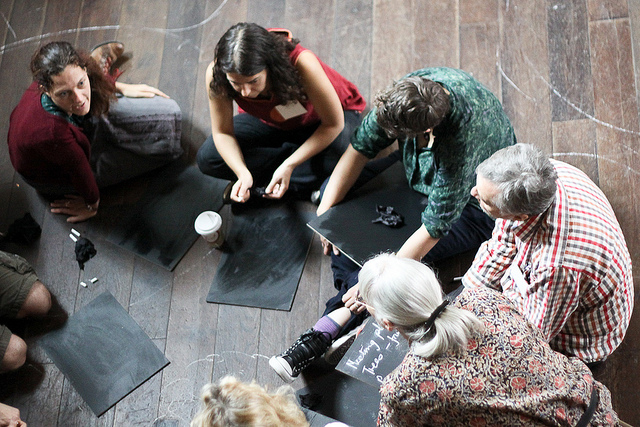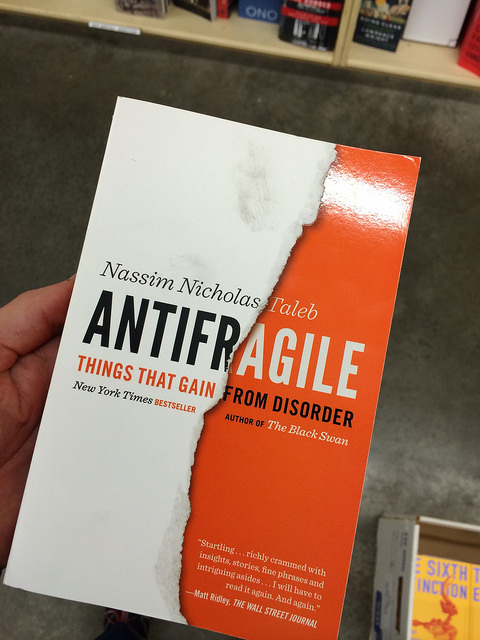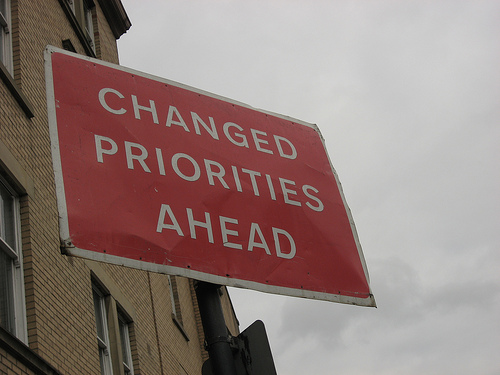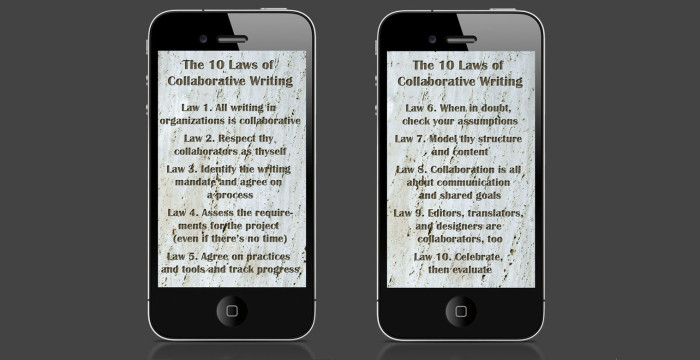Your team is compiling hundreds of pages to support your organization’s product. It takes months, sometimes years. So you can expect the faces at the table to change over time. Writing in organizations takes planning. If the team members take all the expertise with them, the collaborative writing project could be affected. And the organization might feel…
Model 3 – Collaborative teams
Of the three models of writing processes in organizations, collaborative teams are the most likely to produce successful documents. All the roles and responsibilities for producing the document are represented in a structure that supports the project: content specialists, writing experts, editors, designers, administrators, even contracting authorities who look after the final output. It is more time-consuming…
Law 5. Agree on practices and tools and track progress
A collaborative writer is someone who works with at least one other person to produce a text and achieve a common purpose. Now, a group of writers can produce a lot of text. To ensure that all those pieces go together well, the team should agree on practices and tools while tracking progress throughout the phases of…
Helping one another at different levels: A continuum of collaboration
When two or more people collaborate, they put their efforts together to achieve a goal that they hold in common. Their work can be carried out in different intensities of “togetherness.” Our awareness of the various types or levels of collaboration is very helpful. We can gauge our involvement in a project. Using the degree of involvement, we can then measure how we…
Law 4. Assess the requirements for the project (even if there’s no time)
You have already established your writing mandate with Law 3. So does the team start scribbling yet? Not quite. There’s an Arabic saying about good, expressive prose: (If it takes) No skill to understand it, (then it takes) mastery to write it.” — cited by Taleb in his book on anti fragility (I’ve added parenthetical notes) In writing,…
Collaborative Writing is Antifragile
Collaborative writing is a way to make a document better than if it were written by one person. Things can get better through uncertainty and seeming disorder. In his book, Antifragile: Things That Gain from Disorder, Nassim Nicholas Taleb looks at human activity from this unique perspective: Some things benefit from shocks; they thrive and grow when exposed to…
Law 3. Identify the writing mandate and agree on a process
When there is writing to be done, most people expect some magic to happen. The mystique surrounding the creative process is powerful. There is no magic, though. Setting words on the page is a process and having a plan is key. Very early on in the development process, your team must capture the expectations for the project….
Law 2. Respect thy collaborators as thyself
Collaboration is about working with other people. Many hands make write work! And cupcakes have been known to make projects hum along nicely. Collaborative writing involves many different kinds of expertise, since contributions are collected from various people and sources. Often that can be a lot of fun. When things don’t go well, though, nothing will smooth the…
Law 1. All writing in organizations is collaborative
It’s tempting to think of writing as a something one does alone. All writing is, to some extent, collaborative. Many book forewords tell the story of how people helped the author: editors, mentors, peers, wives or husbands, friends, kids—even the cat. The content still belongs to the author whose name appears on the cover. As Ray Bradbury…
The 10 laws of collaborative writing
How do you make sure you are collaborating effectively with your writing colleagues? Here are 10 laws to guide you: All writing in organizations is collaborative. Respect thy collaborators as thyself. Identify the writing mandate and agree on a process. Assess the requirements for the project (even when there’s no time). Agree on practices and tools, and…









